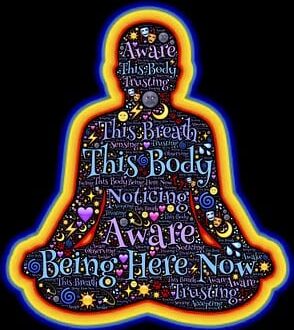
Sensing vibrations-secrets of radiesthesia
Sensing vibrations-secrets of radiesthesia
Some people have the gift of sensing water veins, minerals or still other phenomena or objects, thanks to their bodies or a special wand. This art is called radiesthesia, from the Latin radiatio – radiation and the Greek aesthesia – sensitivity. The name was created by French radiesthesia priest Alexis Bouly in the 1930s. Other names for this field are rhabdomancy and divination, the latter referring precisely to the object that radiesthesia practitioners use most often, namely the wand (rhabdo – stick, rod, manteia – divination).
The aforementioned wand is, like the pendulum, objects through which objects or phenomena can be more easily sensed. This science, although some say pseudoscience, is based on the theory that everything in the world has its own vibrations and these can allow one to discover things invisible to the senses. This art has been known to humans since the dawn of time, when choosing a resting place or a cave to live in, humans were able to sense whether they would be comfortable there. Animals still have this ability, which they use unconsciously, in humans we do talk about intuition, but it is fading more and more in the hustle and bustle of stimuli from the rushing world. This is why radiesthesists are needed.
What we sense, that is, the action of certain elements of the environment is subliminal vibration – radiesthesia. It can be harmful, beneficial or simply neutral. The human soul, as well as the subconscious, sense these vibrations and let us know, although few people pay conscious attention to them. It can be a gentle tingling, a shiver, a feeling of coldness or just the opposite – warmth.
We should look for the actual beginnings of radiesthesia, already as a science and not just an intuition, in ancient China. It was Chinese sages who were probably the first to search for mineral deposits and underground waters using a wand. These practices were inextricably linked to geomancy, which together formed part of the philosophy of feng shui, which described ways to lay out space so that it would have the most beneficial effect on humans.
Another source of rhabdomancy was Egypt – to him we owe mainly the creation of other tools useful in this art, namely pendulums. They also drew attention to the importance of vibrations of shapes and symbols of objects. In Egypt, knowledge of rhabdomancy was given only to a few priests, which is not surprising, since it is an art that requires enormous sensitivity.
It is this need for sensitivity, as well as openness, that causes radiesthesia to have so many skeptics who don’t believe in it because they can’t sense anything themselves. For this science is not about the tools themselves, but precisely about the ability to be open to the stimuli sent by the world. A willow branch can serve as the simplest wand we can use. It will be enough for us, if only we believe in our abilities.
However, if we want to start the adventure of wand-making, we must be patient to regain full sensitivity to vibration again. So it’s good to start learning from places we know very well. We will know first what emotions the places evoke in us, how we feel there, and based on this, check what we sense with the wand. In this way, we will learn to recognize the vibrations attracted by it.
After practicing this, we will be able to move on to exploring already unfamiliar terrain, keeping in mind one more important thing – observation. Almost everyone has heard about the ability of cats to sense various vibrations, but observation of other animals is equally instructive, for example, ants build anthills where there are strong water veins.
So to use radiesthesia, you just need to be open-minded and able to look, and trust your intuition.




